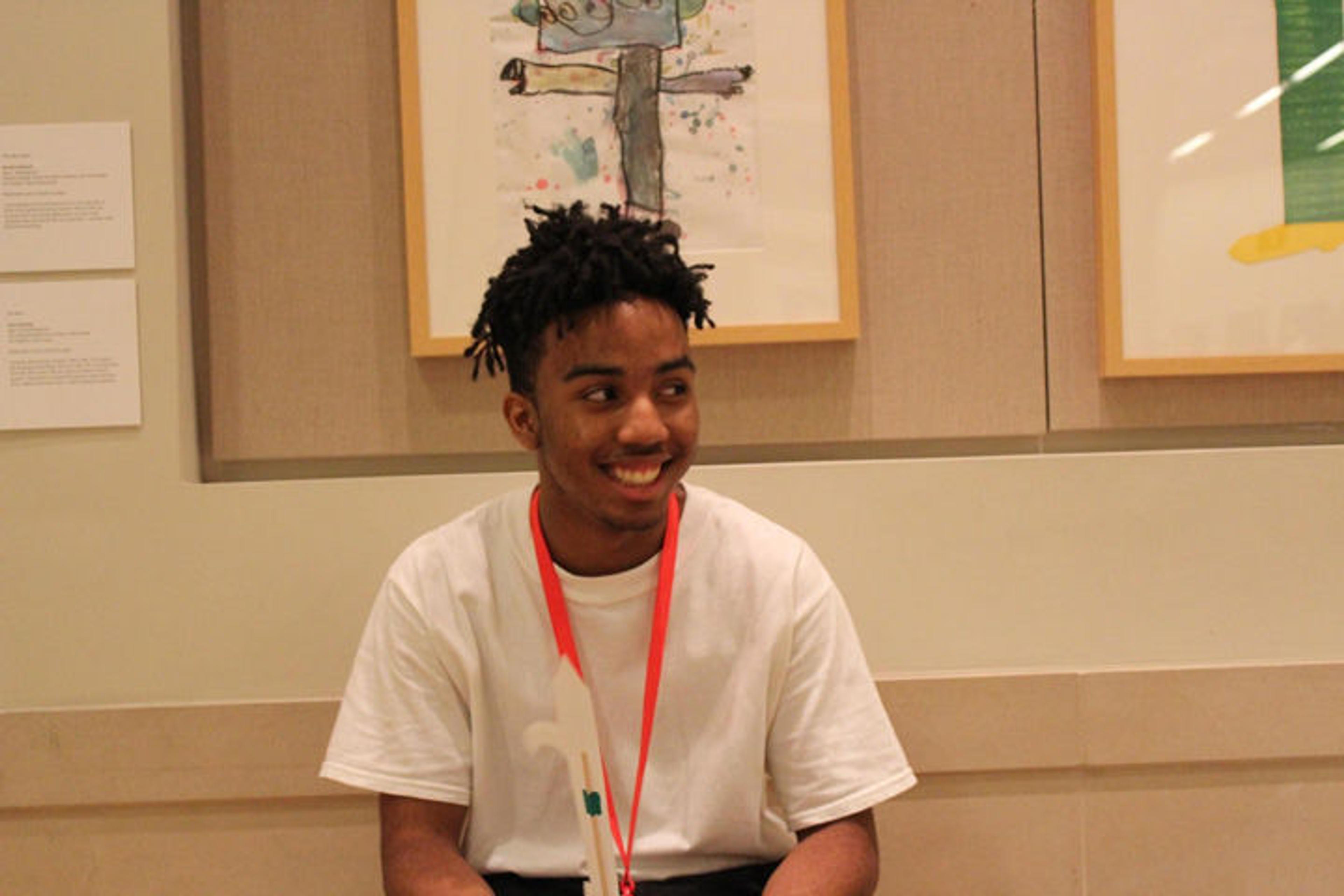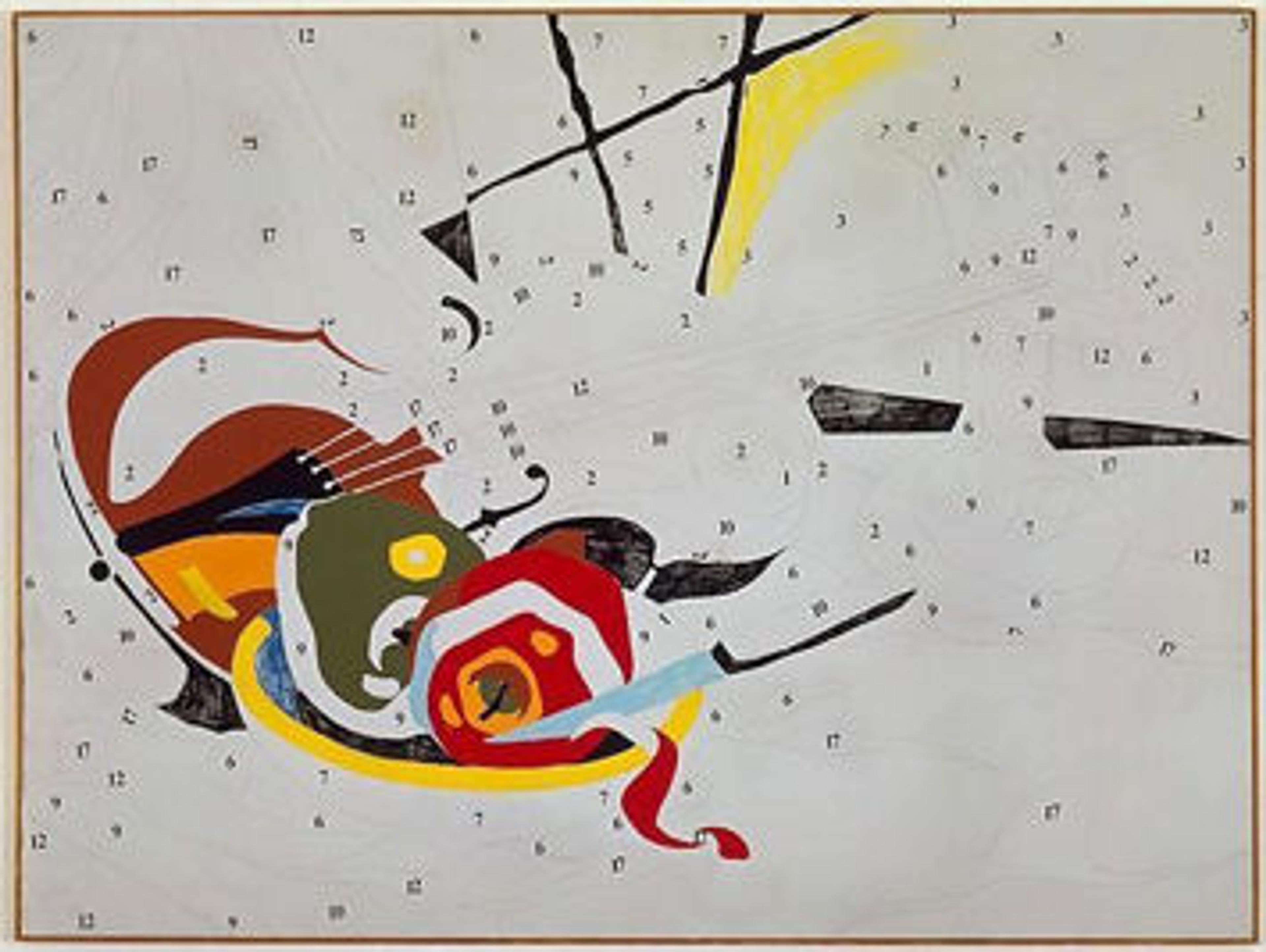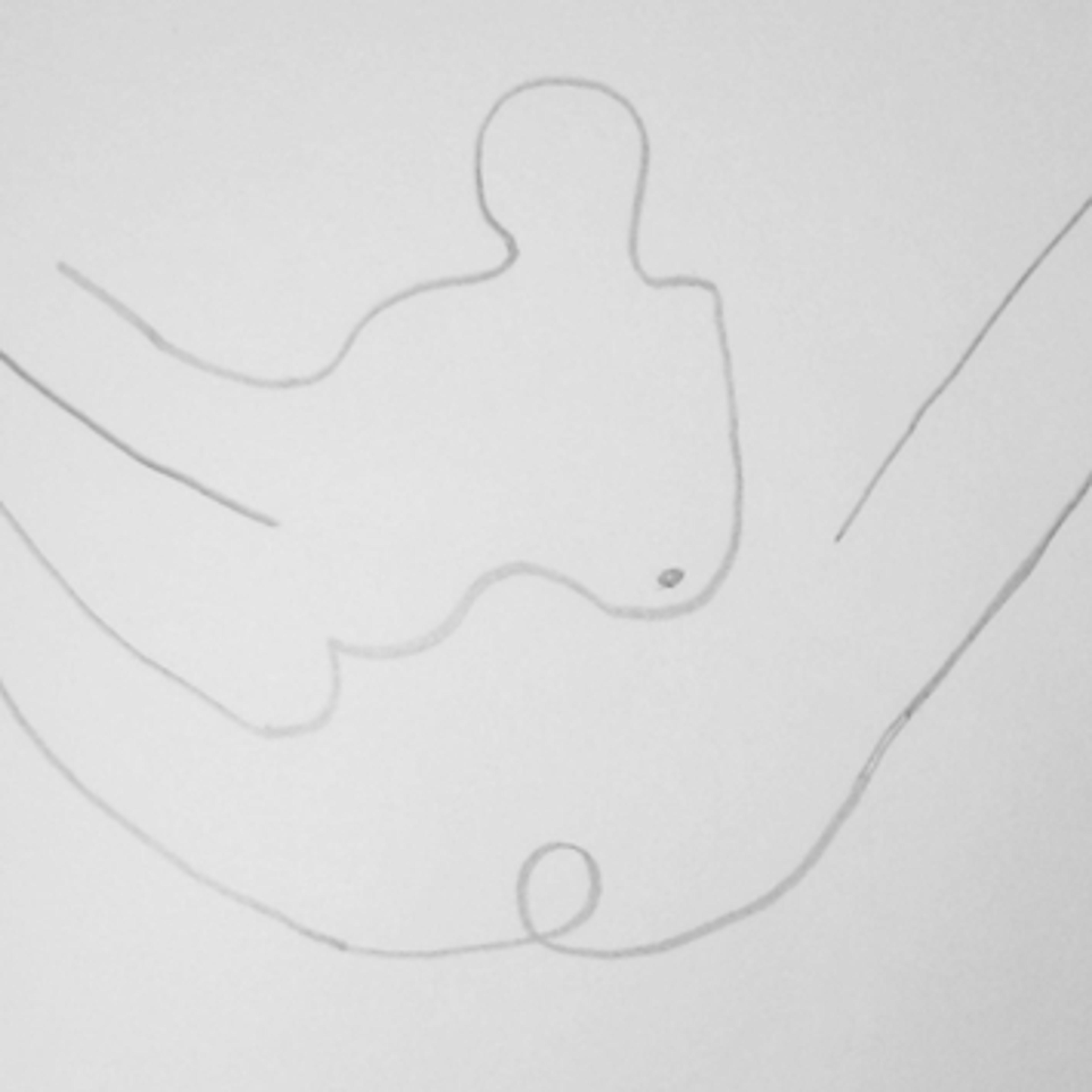How You(th) Can Change the World

Kason in the Ruth and Harold D. Uris Center for Education. Photo by Ambar Grullón
«When you're young you want to change the world. Maybe you wish you could be a billionaire, the president, or Beyoncé, but really you just want change. We, the youth of today, tend to get tired of things quickly because our already fast-paced lives are filled with technology. With iPhones, Androids, and ultra HD televisions at our disposal, we have so much information entering our brains at any given point. Some people never find the outlet they need, or want, to change the world, but some do, and you can, too!»
There are many artists who have changed the world in very abstract, modern ways. You may think you don't have the time to be the next Pablo Picasso or Francisco Goya or to spend hours of your day practicing your paint stroke techniques in order to make sure everything you do is pristine. Maybe you don't want to display your feelings in that way anyway. Thoughts can manifest in so many ways, and there isn't just one way to depict them. Your feelings can be rough and edgy, and you can use those emotions to teach and motivate others. You can make a change with art by doing the art you like to do.
That Jean-Michel Basquiat's untitled drawing—which features bare-bones, crude drawings of animal skeletons and figures, as well as text about people from Basquiat's time, like boxers Sugar Ray Robinson and "Jersey" Joe Walcott—is part of The Met collection shows us that anything you make could be in a museum. With many separate thoughts pasted onto paper, his drawing looks nothing like what you'd see in the galleries of the Department of European Paintings. Born in Brooklyn, New York, in 1960, the young artist first garnered attention with his graffiti tag, SAMO (pronounced "same-OH"), which Basquiat often paired with thought-provoking quotes. He primarily graffitied SoHo and other parts of lower Manhattan (considered to be where New York's art scene was at the time). Basquiat made the untitled drawing three years before he ended up dying from a depression-fueled heroin overdose at the very young age of 27, but he changed the art world forever.

Left: Jean-Michel Basquiat (American, 1960–1988). Untitled, 1985. Graphite, colored pencils, oilstick, acrylic, torn and pasted papers on paper, 29 1/4 x 42 in. (74.3 x 106.7 cm). The Metropolitan of Art, New York, Gift of the Estate of the artist, 1992 (1992.368.1) © 2016 The Estate of Jean-Michel Basquiat / All rights reserved. Used by permission
Basquiat depicted his thoughts and emotions in a manner that seemed unstructured to many but that actually expressed a lot about who he was. To this day, the many themes and ideas in Basquiat's work influence people to read up on his references to try to understand his vision. I think his art has continued to be relevant and have value because he let his emotions flow and people can identify with that. To me, Basquiat's art was his way of challenging artists who had more wealth and privilege than him. He shows youth of low socioeconomic status that there is space for them and their ideas in the art world. He is a perfect example of youth bringing about change with art.
Andy Warhol is another artist who changed the world by creating art that diverged from tradition. He is one of the most prominent pioneers of Pop Art, an art movement that emerged in the 1950s in Britain and, later, the United States. Pop artists challenged the traditions of fine art by utilizing imagery in popular culture, including those in advertising and newspapers. Warhol impacted the art world with his use of celebrities and bursting colors to reference the period of commercialism and industrialism of the 1960s in his art.

Right: Andy Warhol (American 1928–1987). Do It Yourself (Violin), 1962. Synthetic polymer paint and Prestype on canvas, 54 x 72 in. (137.2 x 182.9 cm). Private Collection © 2015 The Andy Warhol Foundation for the Visual Arts, Inc. / Artists Rights Society (ARS), New York
Warhol also created a series of "do-it-yourself" paintings based on the popular paint- and color-by-number books present at that time, one of which was featured in the exhibition Unfinished: Thoughts Left Visible (March 18–September 4, 2016). To some people, art should be a replica of what is real, coming as close as possible to what you are trying to depict, but that was the exact opposite aim of Warhol's series of purposefully unfinished paintings. Through them, he shows us that art is subjective.

When you have a connection to what you make, you know it's yours, and it's up to you to determine whether to change it or not. When I made mercurial, a quick two-minute sketch of a woman's figure, I initially felt like it wasn't done. Then I reflected on a quote by the artist Robert Morris that was featured in Unfinished, which read, "Under attack is the rationalist notion that art is a form of work that results in a finished product."
Left: Kason. mercurial, 2016
That's when it dawned on me that I was looking at art in a structured way. I wasn't fully embracing the success of Basquiat, Warhol, and other contemporary artists. Now I've started to welcome the idea that art does not have to look like Leonardo da Vinci's Mona Lisa or be filled with countless subtle details and delicate strokes. I've come to accept my asymmetrical, fast sketches in my little sketchbook because even though they may not be the most aesthetically pleasing to others, they mean a lot to me, and that's why I choose to draw them.
We, teens, are constantly dealing with the ebb and flow of our moving world. We want to be in on it. With so many things around us, both good and bad, we want to change the things we don't like and do the things we love, and we should never stop chasing that urge to bring about change in the world. Basquiat took the art world by storm by depicting what he loved and, in turn, showed less-advantaged groups that there was a place for them in art. Warhol manipulated consumerism and industrialization in his work, revolutionizing how we look at the world and the process of creating art. With all of the sources around us, we can get inspiration in an instant and create even faster than our predecessors. We just need to want it and go after it now!
Kason undefined
Kason was formerly a high school intern with the Museum's High School Internship Program.